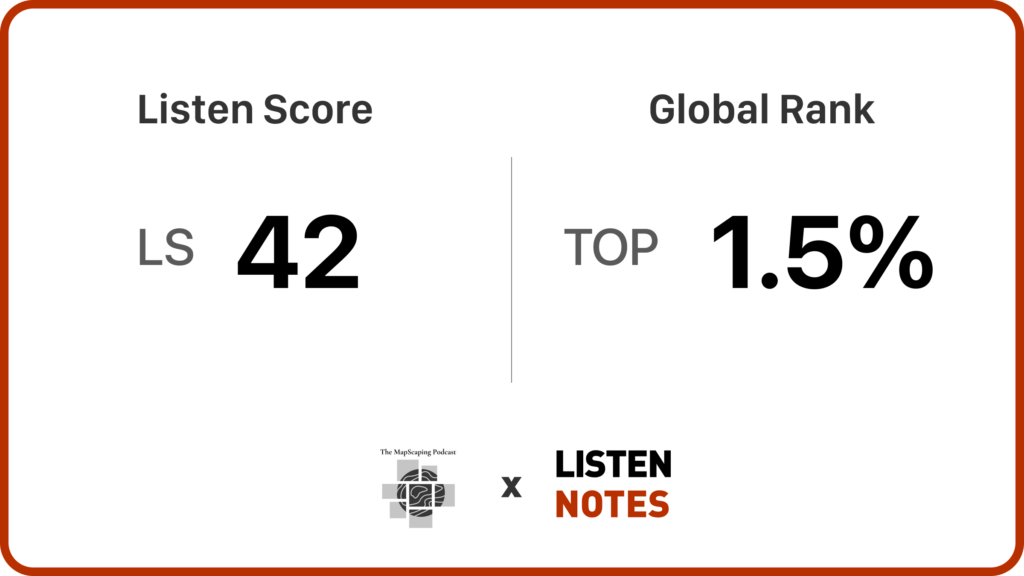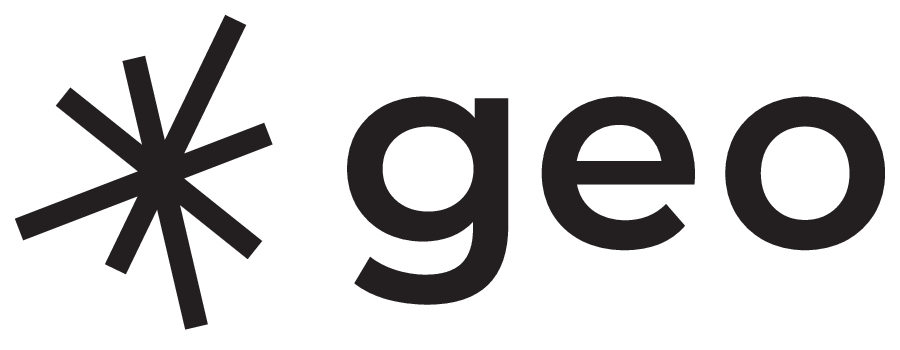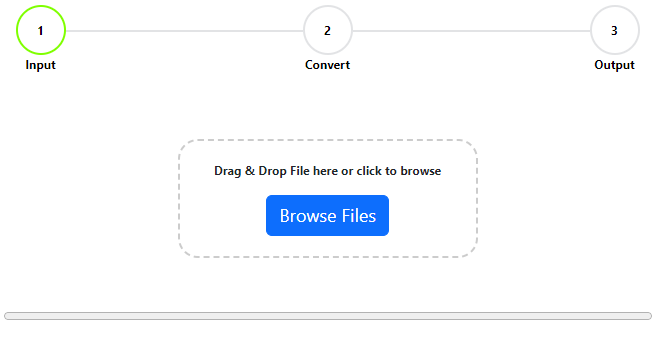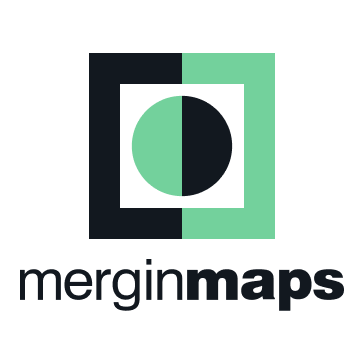Behind The Mic

DANIEL O'DONOHUE

NINA O'DONOHUE

A PODCAST FOR THE GEOSPATIAL COMMUNITY
No long rambling introductions, we are not here to talk about the weather.
We interview experts and feature people that will help you learn more about GIS, geospatial, remote sensing and earth observation.
If you want to say up-to-date with the latest technology and what is happening in the geospatial industry, then this is the podcast for you.
Latest episodes
GNSS receivers – why precise positioning will not be coming to your phone any time soon
GNSS receivers - why precise positioning will not be coming to your phone any time soon Igor is the CEO and cofounder of Emlid.com a company that started out making...
The Way You Talk About Your Geospatial Skills Is Costing You Money
Refactoring the Way you Talk About your geospatial skills: It is Costing you Money Some of the key topics in this episode 1.Our Geospatial Skills and Marketability: There's a realization that...
Modern Geospatial
Modern geospatial - not the bleeding edge of geospatial but modern geospatial - what is it? Well my guest Will Cadell, the CEO of SparkGeo describes modern geospatial as the...
Introduction To LIDAR & Point Clouds
The main topics discussed during this episode include: Basics of LIDAR data and its applications. Differences between LIDAR and photogrammetry. Processing chain of LIDAR data. Challenges in classifying point clouds. Applications of LIDAR technology...
Introduction to Cloud Native Geospatial
Alex Leith is a Digital Earth Architect and in this episode, you will learn what Infrastructure as cloud is - hint it is the opposite of the "clicky-clicky" and...
Trusted by Industry Leaders
Where are people listening?

What Are They Saying

What is Listen Score? Listen Score (LS) is a metric that shows the estimated popularity of this podcast compared to other rss-based public podcasts in the world on a scale from 0 to 100. The higher, the more popular. Calculated from 1st and 3rd party data. Updated monthly.
What is Global Rank? This podcast is one of the top 1.5% most popular shows out of 3,074,635 podcasts globally, ranked by Listen Score (the estimated popularity score).






AI Autocomplete for QGIS
AI Autocomplete for QGIS Brendan Ashworth the CTO and co-founder of https://buntinglabs.com/ focuses on integrating AI with QGIS, and today on the podcast we are talking about Autocomplete for vectorization. Along...